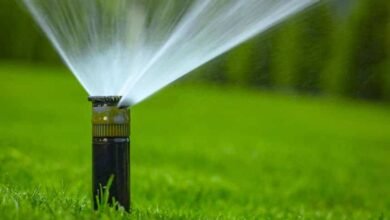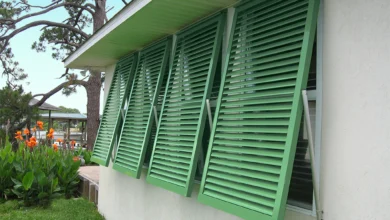5 Essential Strategies for Pristine Pool and Spa Maintenance

Owning a pool or spa comes with numerous perks; the calmness of a morning swim, the delight of family gatherings, or just some peaceful ‘me’ time with the gentle bubbles after a long day.
However, those peaceful experiences depend on the diligent care and regular maintenance of your aquatic shelter. Neglecting even the simplest maintenance tasks can turn your once-blue pool into a murky one, affecting safety, comfort, and the lifespan of costly pool and spa equipment.
In this guide, we introduce five indispensable strategies that elevate your pool and spa maintenance game.
Regular Water Testing
Regularly testing the water is vital to maintain the proper chemical balance that keeps the water free from contaminants and safe for a dip. Water tests typically measure pH levels, sanitizer (chlorine or bromine) levels, total alkalinity, and calcium hardness.
Each parameter corresponds to different aspects of water health; pH levels impact the effectiveness of sanitizers, alkalinity ensures pH stability, and calcium hardness guards against corrosiveness.
Water testing kits range from simple paper test strips to sophisticated electronic devices. Choose one that aligns with your comfort level and time commitment. Digital readers are popular for accuracy and ease of use, whereas the traditional test kit offers a comprehensive analysis at a lower cost.
Skimming and Cleaning
The skimming process allows you to remove leaves, insects, and other debris that threaten to damage your waters’ pristine look. Neglecting this step contributes to a build-up of organic materials in your pool, which not only looks unsightly but also interferes with the pool’s filtration and chemical balance.
Skimming should ideally be a daily activity, especially if your pool is located near trees or greenery. A telescopic pole with a skimmer net, pool brush, and a pool vacuum are the fundamentals for an efficient cleaning routine.
Equipment Check-Up
Regular inspection and maintenance of pool and spa equipment are crucial to their longevity and your safety. Faulty or damaged swimming pool equipment can lead to poor water quality, inefficient heating, and even accidents.
Check the pump, filter, heater, and all electrical components for any signs of wear, corrosion, or abnormal noise. Lubricate moving parts as directed by the manufacturer to prevent friction and extend their lifespan.
Routine Filter Maintenance
The filter is the primary defense mechanism against dirt and debris in your pool or spa. A clean and functional filter is essential for water clarity and it aids in maintaining the pool chemicals’ effectiveness.
Backwash your filter as a part of your weekly maintenance. For sand filters, this involves reversing the water flow to flush out contaminants. For cartridge and DE filters, it means disassembling and cleaning elements.
Poor water flow and chemical inefficiencies are indicators that the filter needs to be cleaned or replaced and you need spa repair. Filters have a lifespan, indicated both by usage hours and your water quality.
Seasonal Closings and Openings
The seasonal closing and opening of your pool mark the transition from one weather extreme to the other, each requiring specific measures to ensure your pool or spa appears in top form when needed.
Winterizing protects your pool from the harsh effects of cold temperatures. This involves lowering the water level, removing all water from equipment, and adding winterizing chemicals.
The process of opening your pool for the summer is just as critical. It includes removing the cover, refilling to the proper level, reinstating equipment, and balancing chemicals.



